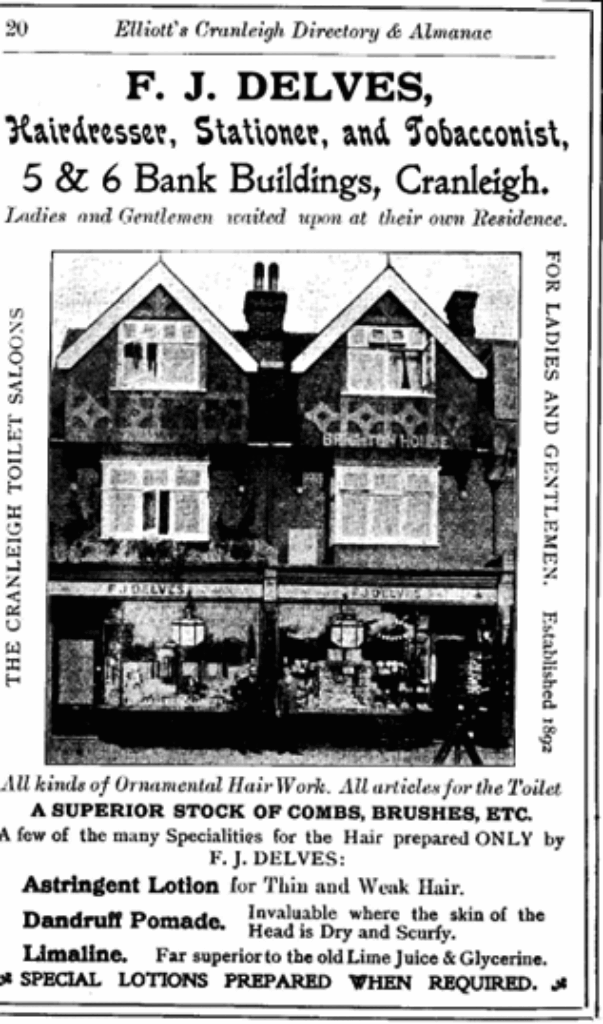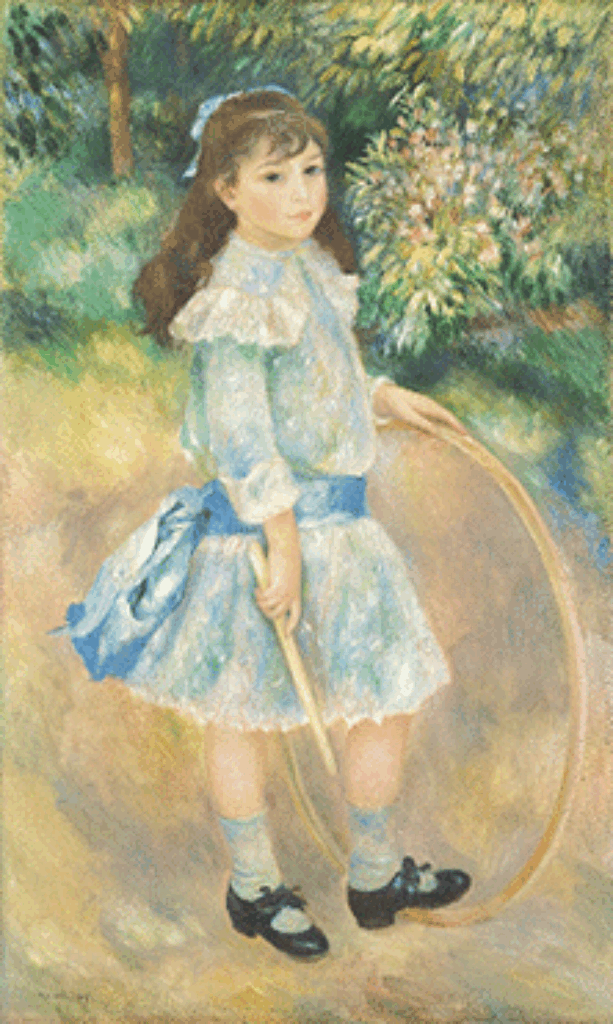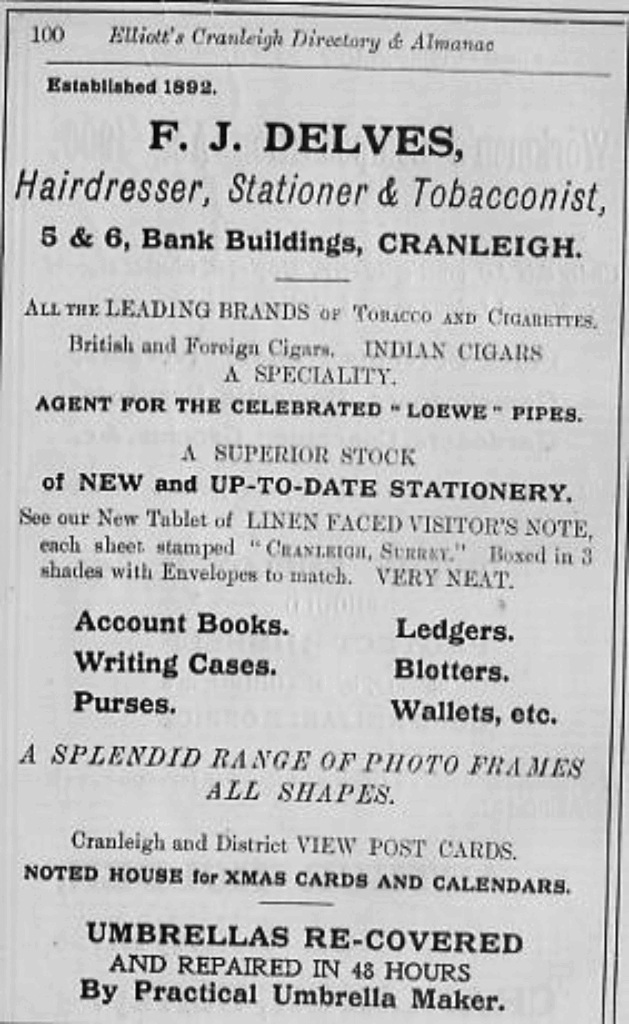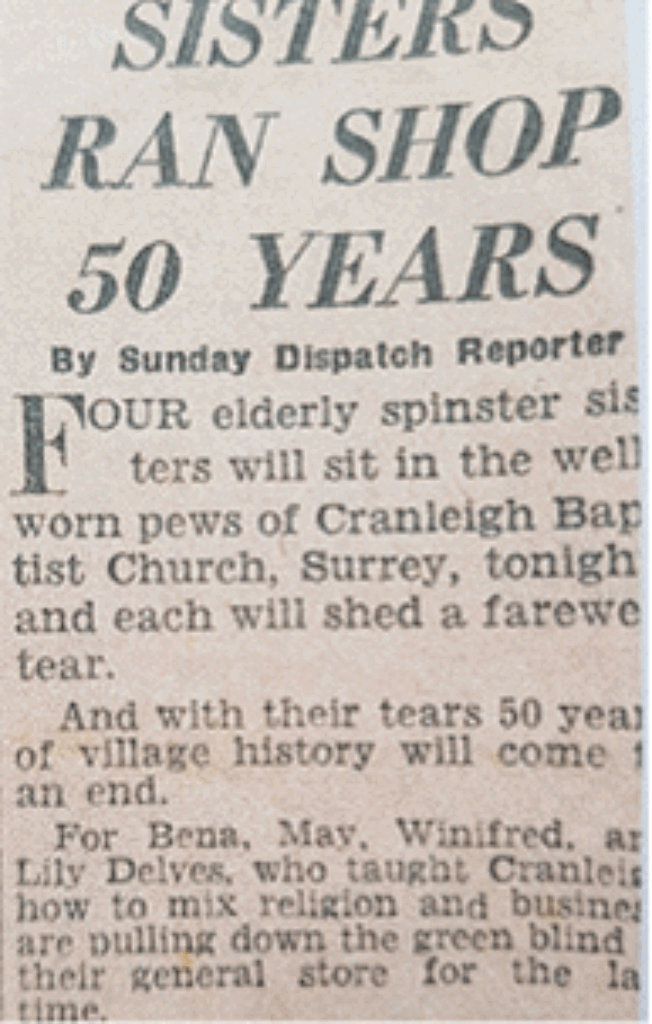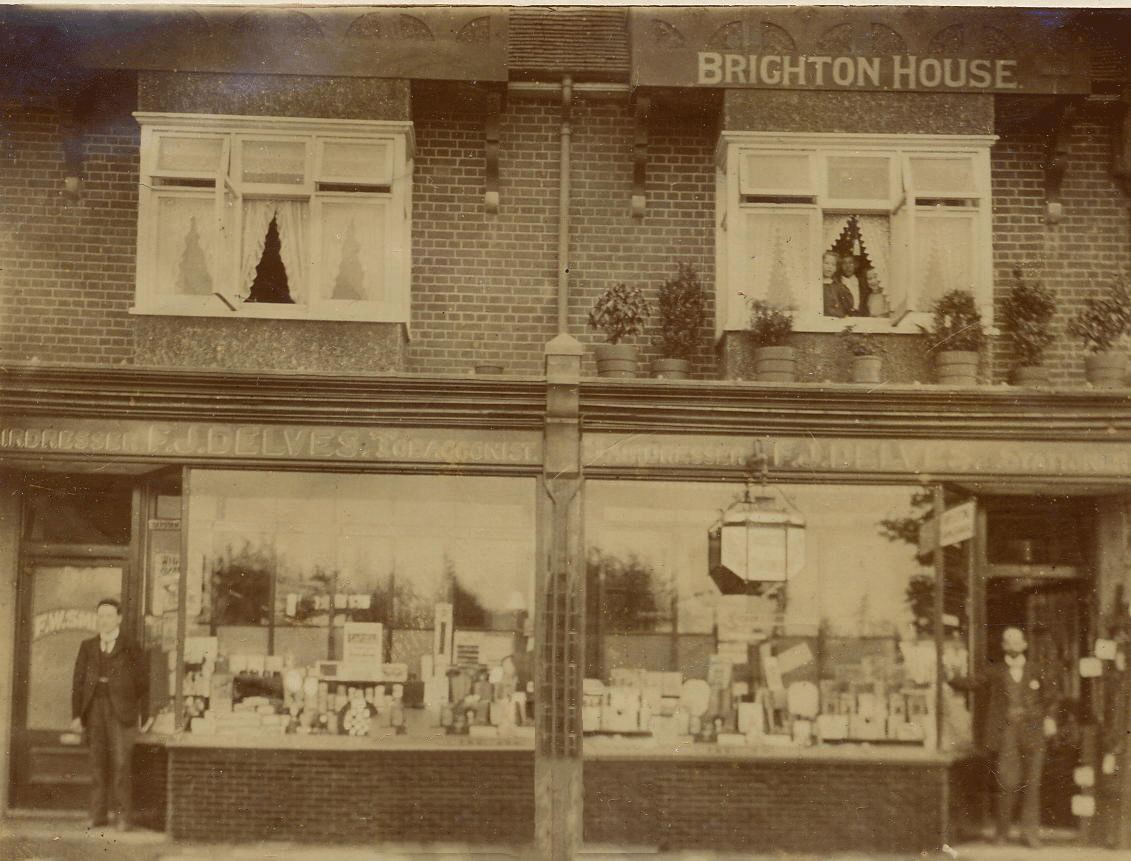
by Joy Horn / Main Photo: Fred Delves’s barber’s shop and stationer’s (now Brown’s Gin & Tea Cafe and Bella Bambino’s)
How did small children pass the time, when they had a fraction of the toys that their counterparts have today and no children’s television to beguile them? One little girl who lived in Bank Buildings, overlooking the site of the later War Memorial, wrote up some of her childhood memories and gives us glimpses of what life was like from a child’s perspective around 1900. Her name was Win Delves, and her father ran a barber’s shop with a stationer’s next door. She and her family – she had five sisters – lived over the stationer’s.
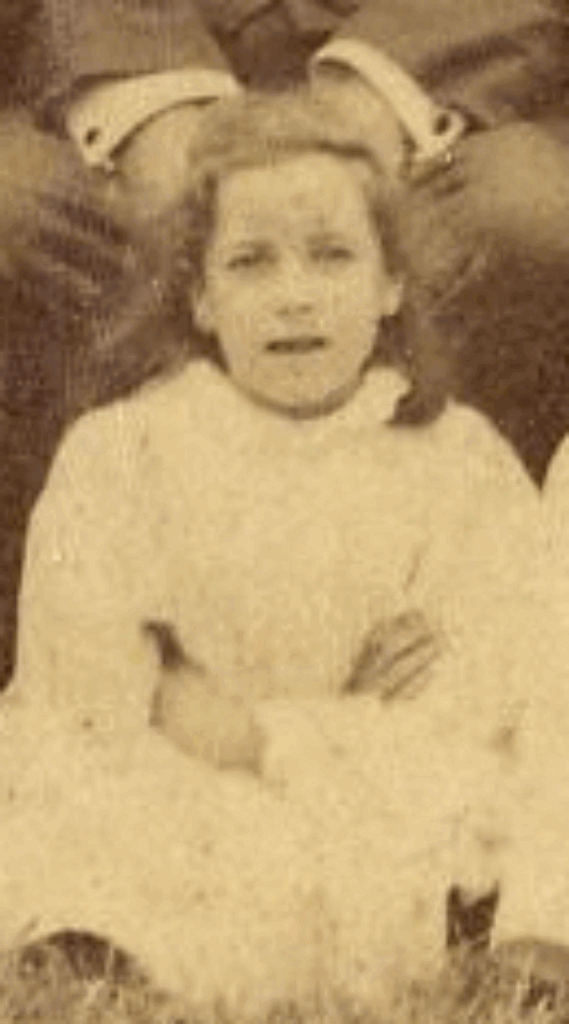
‘Memories are strange things, and I must have been a very small child indeed to have ridden with my baby sister in Daddy’s wheelbarrow! But the recollection of that ride is a very vivid one, even to the strip of old red carpet placed in the bottom of the barrow before we were lifted in, our little legs sticking straight in front of us, as we sat with our backs against the wooden frame. The jolting and bumping of the wheels, as we pushed along to the allotment, was such fun and far exceeded the thrill of any up-to-date conveyance you could mention.
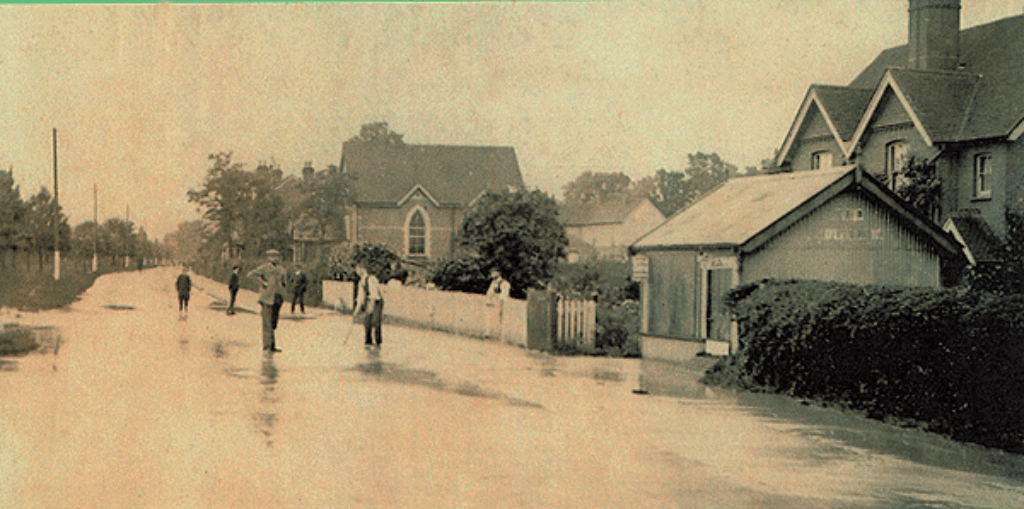
‘Daddy was a busy man, and his shop was opened sharp at 8am those days, and he must put in some time on his allotment before breakfast. It speaks well for the sort of Daddy he was, that he would spare time to put the piece of carpet in the bottom of the barrow to make it a fit conveyance for his small daughters.’
Fred Delves’s allotment was about 400 yards from their home, on the opposite side of the High Street, just beyond the Baptist chapel. Although it was not far to go, it was fairly impressive to put in some time on the allotment before having breakfast and in time to open the barber’s shop at 8.00am. The first half-hour after opening was a busy one. Some Cranleigh men who worked in London were in the habit of coming into the shop to be shaved before they caught the 8.24 train to Guildford, at the railway station (now Sainsbury’s) directly opposite the barber’s shop. Indeed, their combs and brushes were kept ready in their own beaker, on a shelf in the window. There was a good connection at Guildford for Waterloo, and from there it was possible to reach many London offices for a 10 o’clock start.
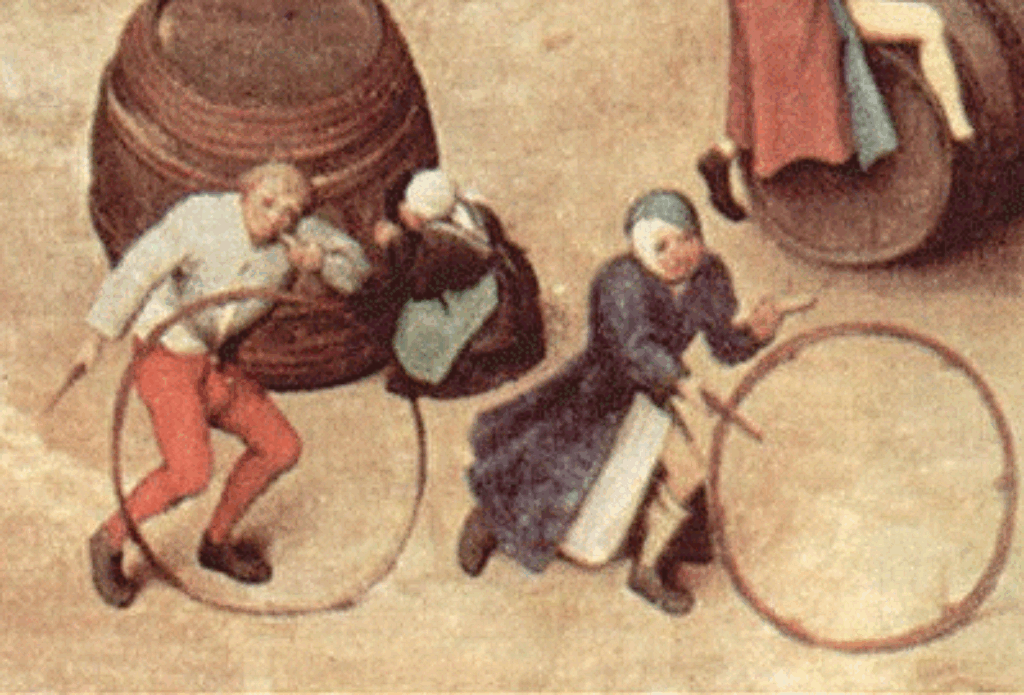
Win continues: ‘We were early risers in our family, and one of the delights of winter mornings was to be up in time to have a run with our hoops before breakfast. On frosty mornings we would race along, hitting our hoops, and making them leap over the ground, trolling (trundling?) small hoops through bigger ones, and playing all sorts of games, as we ran down the path which bordered the Common. One large hoop I remember had been mended, and the neat bandage of string which held it together caused the hoop to bump up and down in a unique fashion.
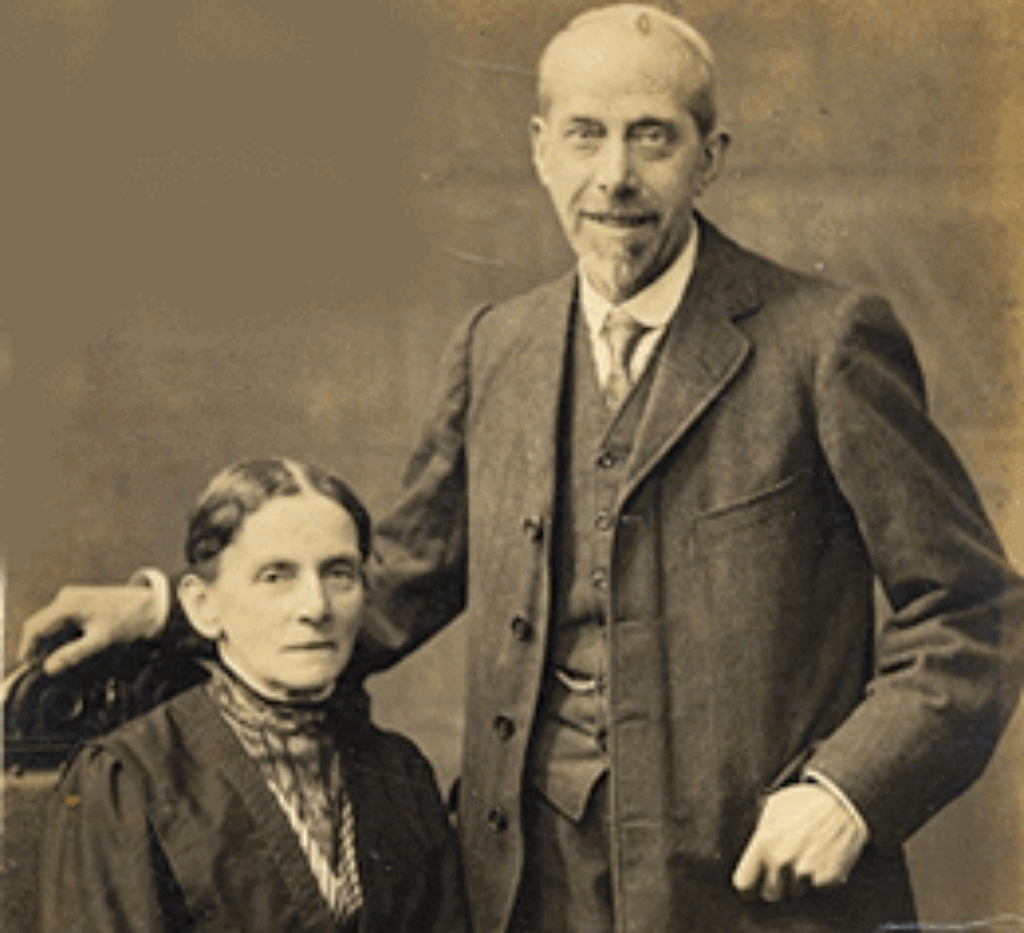
‘My! What an appetite we had for our breakfast after all this exercise! If there was porridge with brown sugar on it, that was high delight.
‘We were the proud possessors of what we called a mail cart. It was made of light wood, and had two seats, back to back, and a pair of shafts. I imagine it could have been used to harness a goat to the cart, but we took it in turns to be a human goat or pony, and with a younger member of the family riding in the cart, we got it along at a good speed, holding one shaft in each hand, and either pulling it or drawing it. We had hours of pleasure out of that old mail cart, and whether riding in it or drawing it, we were perfectly happy. A favourite run was known as ‘round the cross-roads’. Strictly speaking, it was ‘round the Common’, but a part of the run included the cross-roads, at the other side of the Common, hence the title. I doubt if the modern child, with its scooter or tricycle, gets half the fun out of life that we did out of that old mail cart.’
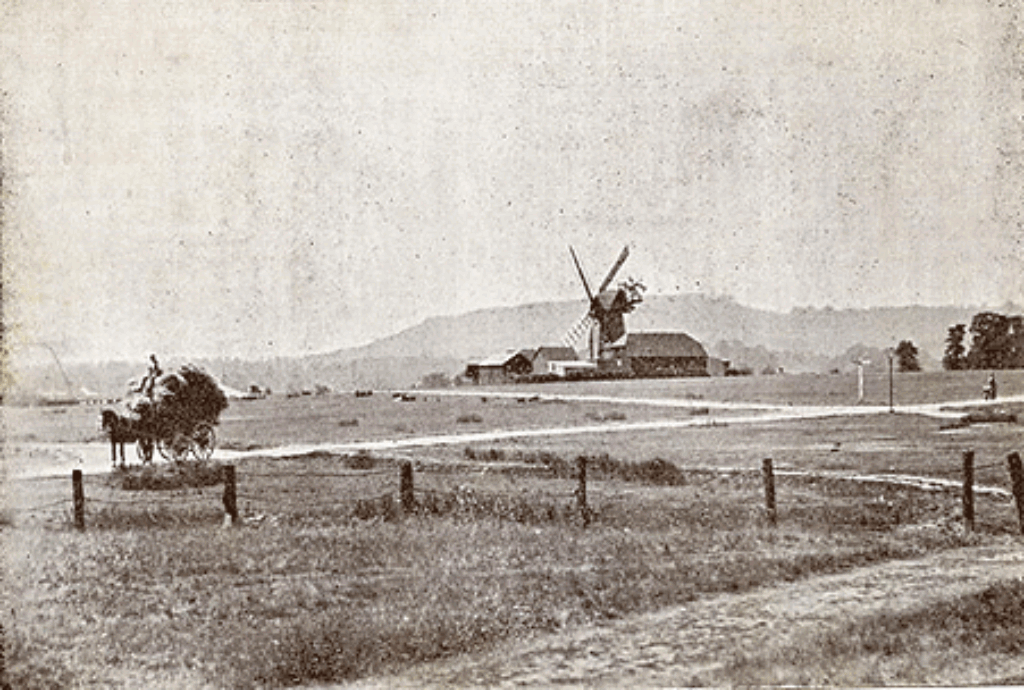
In later years, Win and her sisters May and Lily took charge of the stationer’s shop (sister Sabina was the family’s housekeeper). They ran it until they retired to Hove in 1950.
Amusingly, having lived all their lives in a home called ‘Brighton House’ (their father was born there), they now named their new home ‘Cranleigh Cottage’.
(With grateful thanks to Brian Cheesman for allowing me to use this memoir from among his papers)
The Cranleigh History Society meets on the second Thursday of each month at 8pm in the Band Room. The next meeting is on Thursday January 11th, when Michael Miller will speak on ‘James Fielding, one-time Cranleigh rector’. Visitors are welcome.

